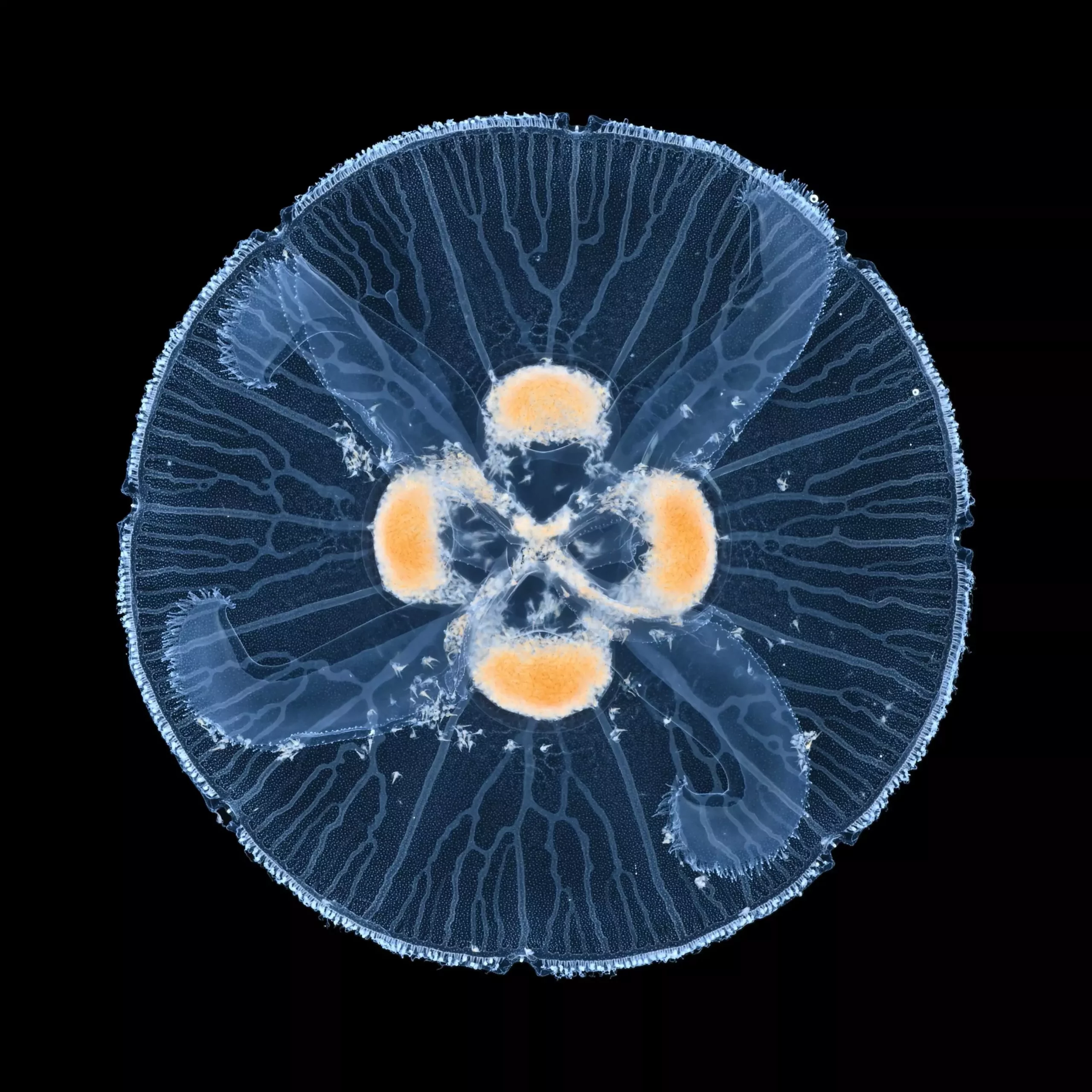Transport networks are vital structures found across various systems in nature. These networks facilitate the movement of crucial elements such as nutrients, gases, and electrical charges. Ranging from the complex network of blood vessels in living organisms to the intricate pathways in electrical discharges, the design and functionality of these networks play a crucial role in their efficiency. Recent research from an international team, led by physicists at the University of Warsaw, delves into the phenomenon of looping structures within these networks, shedding light on their formation, stability, and significance in maintaining the network’s integrity.
The pivotal research effort highlighted the occurrence of loops in transport networks, particularly when one of the branches approaches the boundary of the system. The inherent nature of networks often involves competition among various branches, characterized by a repulsion mechanism. However, this dynamic changes drastically at the boundary, where interactions transform, leading to attraction between the branches and the consequent formation of loops. This discovery is critical because it addresses the previously unknown process of loop formation, which appears to be prevalent across various systems, from biological networks, such as those found in jellyfish, to phenomena observed in fluid mechanics and electrical discharges.
Published in the Proceedings of the National Academy of Sciences, the findings represent a significant advancement in our understanding of network robustness and efficiency. The researchers utilized a combination of theoretical models and empirical studies to observe consistent patterns across different natural phenomena. The collaboration involved experts from the University of Warsaw and Laboratoire Matière et Systèmes Complexes, highlighting the interdisciplinary nature of the work.
The inquiry began with a previous study by Professor Piotr Szymczak and his team, who introduced a model emphasizing the relationship between branch resistance and their interactions. The research showed that minor discrepancies in resistance can lead to substantial changes in how branches grow and connect, fundamentally altering the dynamics of the network.
At the core of the researchers’ model is the understanding of how resistance differences between the network and its environment drive the attraction and subsequent looping of branches. When a branch nears the system boundary, the competition among the branches shifts, causing an attractive force to dominate. This transition is crucial as it allows for the establishment of loops, which contribute significantly to the stability of the network. For instance, in systems devoid of loops, damaging one branch can sever the connection of other branches, potentially leading to a breakdown of the entire network. Conversely, looping networks maintain connectivity even when individual branches are compromised.
Furthermore, the study found that these looping mechanics are not limited to one specific architecture of the network. Instead, they can manifest in various geometries, indicating a universal principle that governs transport networks in nature. The findings not only support existing hypotheses but also raise intriguing questions about the dynamics of networks yet to be fully explored.
The implications of this study are profound. By unraveling the mechanisms behind loop formation, researchers can better predict and manipulate transport systems across different domains. This understanding can be crucial in fields like biotechnology, where optimizing nutrient transport in engineered systems could improve the efficiency of tissue growth or other biomedical applications.
Moreover, the researchers have expressed a keen interest in applying their findings to other biological and physical systems, seeking to uncover the presence of similar dynamics. As systems continue to be investigated, a clearer picture will emerge regarding how loop formation influences network robustness and functionality across various scenarios, including natural disasters, ecological interdependencies, and technological applications.
The exploration into the formation of loops within transport networks unveils significant insights not only into the structure and stability of these networks but also into broader applications across multiple scientific domains. By integrating fundamental principles of physics with biological insights, this research contributes to a more holistic understanding of the systems that sustain life and maintain balance in diverse environments. The collaborative efforts and interdisciplinary approach underscore the need for continued exploration in this field, as scientists strive to unlock further mysteries of nature’s intricate designs.

